Despite challenges, Maggie Aderin-Pocock’s passion for space science propelled her to the heights of astronomy.
TL;DR
Maggie Aderin-Pocock grew up in a challenging environment, but her love for space science never wavered. Dyslexic and from government housing, she defied the odds to become one of the UK’s most recognized space scientists, contributing to the James Webb Space Telescope (JWST). Her work with the Near-Infrared Spectrograph (NIRSpec) reveals the universe’s chemical makeup, providing a deeper understanding of distant celestial bodies. Aderin-Pocock now inspires young scientists, demonstrating that passion and perseverance can overcome even the most difficult circumstances.
_________________
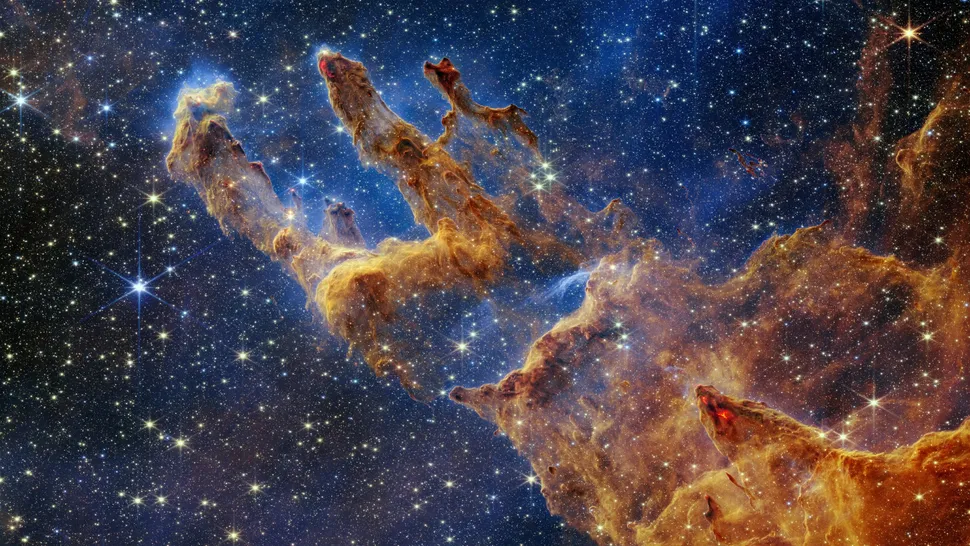
Maggie Aderin-Pocock never imagined she would become one of the United Kingdom’s best-known scientists. She is most famous for co-hosting the BBC’s astronomy show “The Sky at Night.” Despite her unlikely background, she pursued her dreams as a space scientist and broadcaster.
Aderin-Pocock grew up with dyslexia in government housing in London. She later studied physics and mechanical engineering at Imperial College London. Her career involved working on space technology projects, including satellite systems for monitoring climate change and a crucial scientific instrument aboard the James Webb Space Telescope (JWST), known as the Near-infrared spectrograph (NIRSpec). This instrument measures light from distant cosmic objects to reveal the elements and molecules they contain.
She recently wrote a book, Webb’s Universe: The Space Telescope Images That Reveal Our Cosmic History, aiming to inspire more children to pursue careers in science, technology, engineering, and mathematics (STEM). In an interview with Live Science at the Royal Institution in London, she discussed the telescope, her career, and her desire to inspire the next generation of scientists.
Ben Turner: Do you remember the moment you realized you wanted to study space, or was it a gradual realization?
Maggie Aderin-Pocock: I can’t recall a time when I wasn’t fascinated by space, likely because I was born in 1968, around the time of the moon landing in 1969. Growing up, space exploration was everywhere, which set the foundation for my interest.
I attended 13 schools during my childhood, including four different primary schools, so my education was often disrupted. When I mention this to kids, they’re shocked: “Were you really that naughty?!” It was more due to my parents’ separation when I was four years old. I moved between living with my mom and dad, which led to attending many schools.
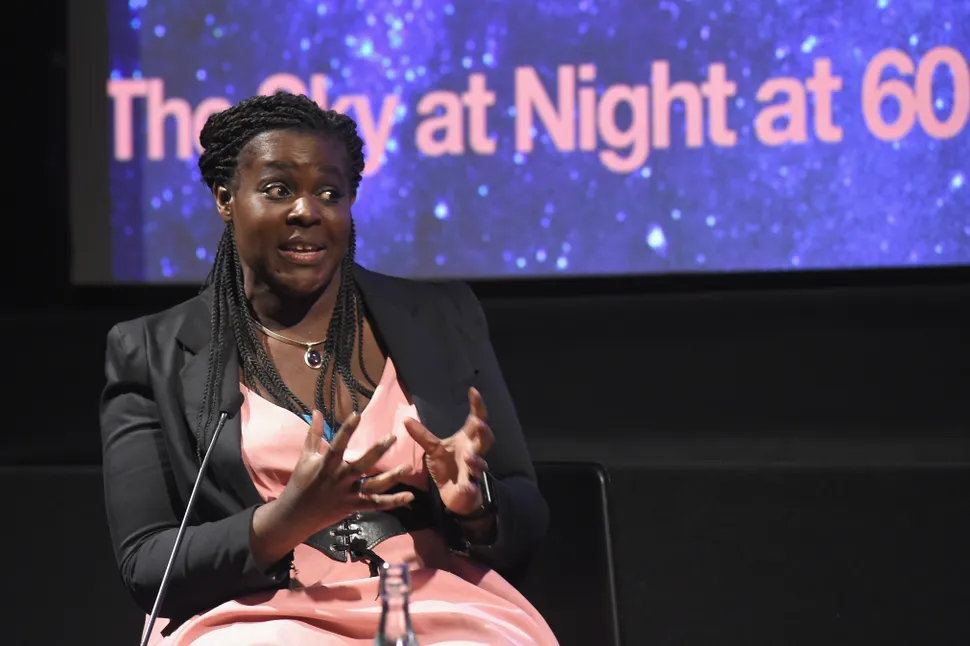
I felt somewhat disconnected from school, and even though space science was my dream, I remember a teacher suggesting I should consider nursing instead. So, I kept my dream to myself, only realizing it was possible after university.
BT: Let’s dive into your work. We’ve had many remarkable telescopes that have studied the cosmos in detail. What makes the JWST so special?
MAP: We’ve indeed had incredible telescopes like Hubble, which is still operational after over 30 years. Hubble answered many significant questions, like the size of the universe, with images like the Hubble Deep Field, where it examined what appeared to be empty space for 10 days and discovered galaxies from the early universe.
But we wanted to explore the universe differently. The James Webb Telescope stands out because it’s an infrared telescope, detecting heat energy. This is why it’s positioned 1.5 million kilometers from Earth, facing away from the Sun and Earth into deep space.
Infrared light can pass through clouds, dust, and debris that block visible light. Thanks to its large mirror, the JWST delivers high-resolution images. Resolution is essential because it enables us to distinguish two separate objects that might look like a single blurry shape in smaller telescopes. As a result, we get much clearer images of the universe.
BT: Why is infrared detection so important? What does it allow us to see that visible light doesn’t?
MAP: Infrared light allows us to see young stars forming within clouds of gas and dust called nebulae. While visible light is blocked by this matter, infrared can pass through it.
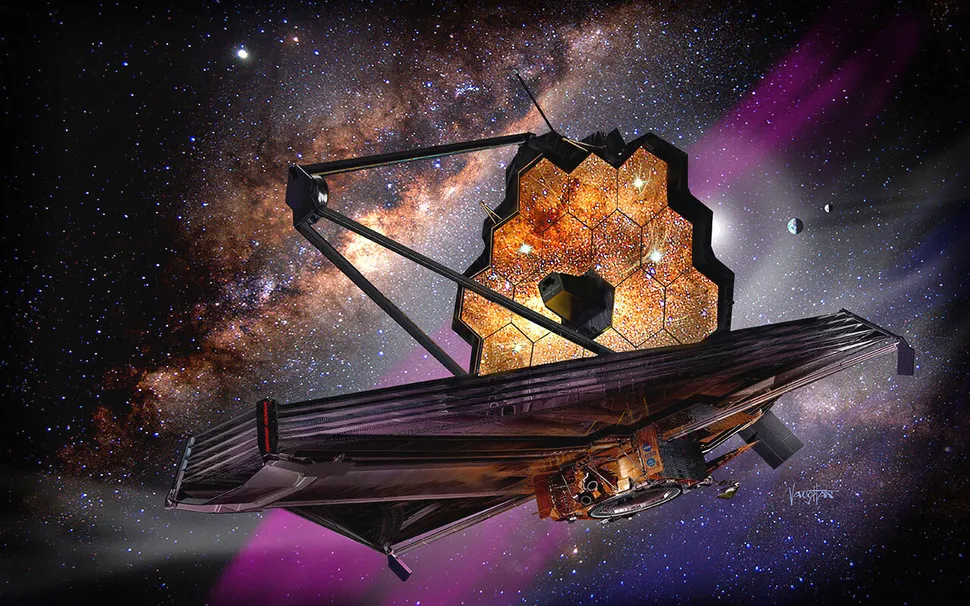
Also, as the universe expands following the Big Bang, light waves are stretched, moving from the visible to the infrared part of the spectrum. This stretching lets us look back in time toward the universe’s beginning, seeing farther into the past than Hubble could.
BT: You contributed to the JWST project. Can you share more about that?
MAP: I always want to clarify that I was one of around 10,000 scientists worldwide who worked on James Webb. Many scientists can claim that. But yes, I contributed by working on an instrument called NIRSpec.
James Webb is a space telescope equipped with a heat shield that protects it from the Sun’s and Earth’s infrared radiation. It also has a large mirror to gather light, and on board, there are four scientific instruments, one of which is NIRSpec.
I have experience with several spectrometers, both on Earth and in space. A spectrometer like NIRSpec captures the telescope’s light and spreads it into its component colors, similar to creating a rainbow in a laboratory.
Spectrometers produce absorption bands, allowing us to identify elements and molecules emitted by celestial objects. This remote chemistry gives us valuable data about stars, galaxies, and more, helping us understand what’s happening in the universe.
BT: Can spectrometry also be used to study exoplanets?
MAP: Absolutely! We often use the transit method for that. When a planet passes in front of its star, it causes a slight dimming. In some cases, a tiny bit of the star’s light passes through the planet’s atmosphere. By analyzing that light with spectroscopy, we can determine the chemicals in a planet’s atmosphere, even those trillions of kilometers away. It’s a blend of science and magic.
BT: I suppose it’s the modern version of what magic used to be.
MAP: That’s how I see it! I was saying in another interview that science is just magic we haven’t explained yet.
BT: Your book is full of incredible images paired with detailed descriptions. I know this is a tough question, but do you have a favorite image?
MAP: I was looking at the book earlier, and I think I’d choose the Pillars of Creation. The scale is astounding—our entire solar system could fit inside those pillars! It’s hard to comprehend their size and magnificence.
We’ve observed the Pillars of Creation over time, starting with grainy black-and-white photos. Hubble captured them in visible light, and now we can see the infrared version. Looking at different parts of the electromagnetic spectrum reveals different aspects of the same thing. This is a stellar nursery, and by using various light types, we gain a deeper understanding of it.
BT: Whenever a new telescope emerges, we hear about astronomy’s importance. This field has shaped human history for thousands of years, aiding in navigation and agriculture. How does it impact our modern lives?
MAP: I’m a space scientist and worked on the James Webb Telescope, but much of my work revolves around Earth-observing satellites. These help us track climate change and natural disasters.
But nobody questions the study of history, philosophy, or art. One day, we might even answer whether we’re alone in the universe. That’s a fundamental question that every culture has asked, and we’re using modern tools to seek answers.
Additionally, our planet has a finite future. In about 4 billion years, the Sun will expand into a red giant and engulf Earth. So, I believe our destiny lies in space, and understanding it, tackling issues like radiation or dark matter, is valuable.
But aside from that, having this knowledge is important. Growing up, I thought astronomy was something only white men in togas did—Greeks and Romans. I now know that’s completely wrong. Every culture has gazed up at the stars and wondered, so it makes sense for us to continue doing that today.
BT: Can you share lesser-known examples of ancient astronomy?
MAP: I wrote a book on stargazing a few years ago. The 88 constellations we talk about today are heavily influenced by Greek and Roman culture.
However, in places like Australia or Chile, the night sky is so clear that indigenous cultures created constellations out of the dust clouds in the Milky Way. One such constellation is the emu. You have to tilt your head a bit, but you can see it. It shows that your perspective influences how you interpret the stars.

Interestingly, the oldest stone circle isn’t Stonehenge; it’s actually in Africa. It’s called Nabta Playa, located in Namibia, and it’s about 7,000 years old, which makes it 2,000 years older than Stonehenge. And if you go back even further, in Scotland’s Warren Field, you’ll find pits aligned with the lunar phases, and they’re 10,000 years old! Clearly, astronomy has always mattered to people.
BT: You mentioned overcoming barriers to achieve your dreams. What advice do you have for young people, especially those from underprivileged backgrounds, who want to become scientists?
MAP: When I speak to kids, I tell them to reach for the stars—whatever their stars are. For me, that happened to be literal stars. If you’re passionate about something, working in that field doesn’t feel like work; it feels like joy.
I also encourage them to dream big. Success isn’t about never failing; I’ve had my share of failures—missed opportunities, disappointing results. But my big, crazy dream of space kept me going. I’d pick myself up and keep trying.
BT: If someone is inspired by this and wants to pursue astronomy, what questions could they explore?
MAP: One of the biggest questions is whether we’re alone in the universe.
We can now find exoplanets orbiting distant stars and analyze their atmospheres. In the future, we’ll send probes out there.
Right now, it seems like science fiction to travel to the next star system, Proxima Centauri, which is 4.28 light-years away. That’s a 40 trillion-kilometer journey that would take 76,000 years at 60 kilometers per second! It’s fast but still a long trip.
I’d love it if we found a way to send probes faster and cover those distances more quickly—and to eventually travel there ourselves. I’m leaving that challenge to the kids. When they figure it out, I hope they come back and tell me!


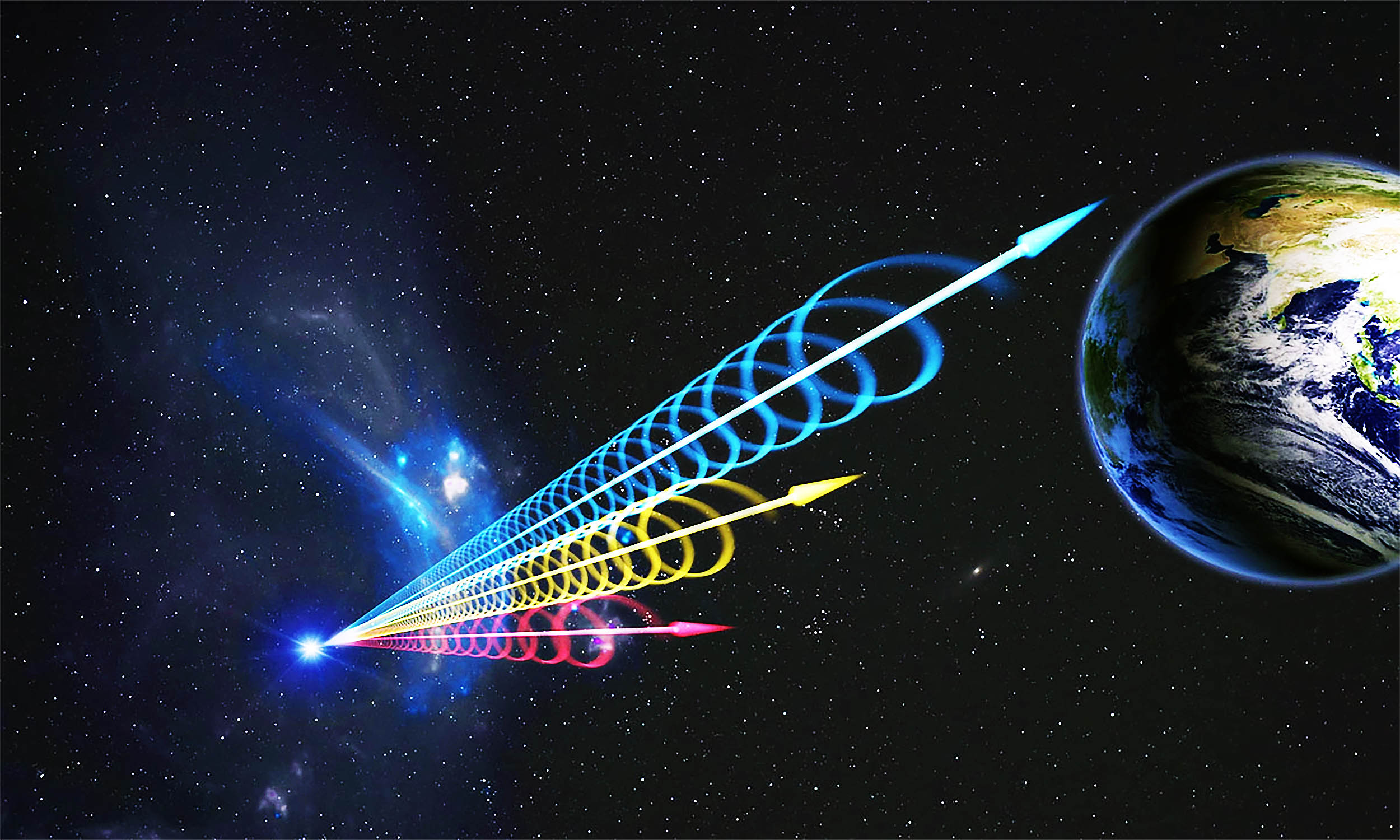

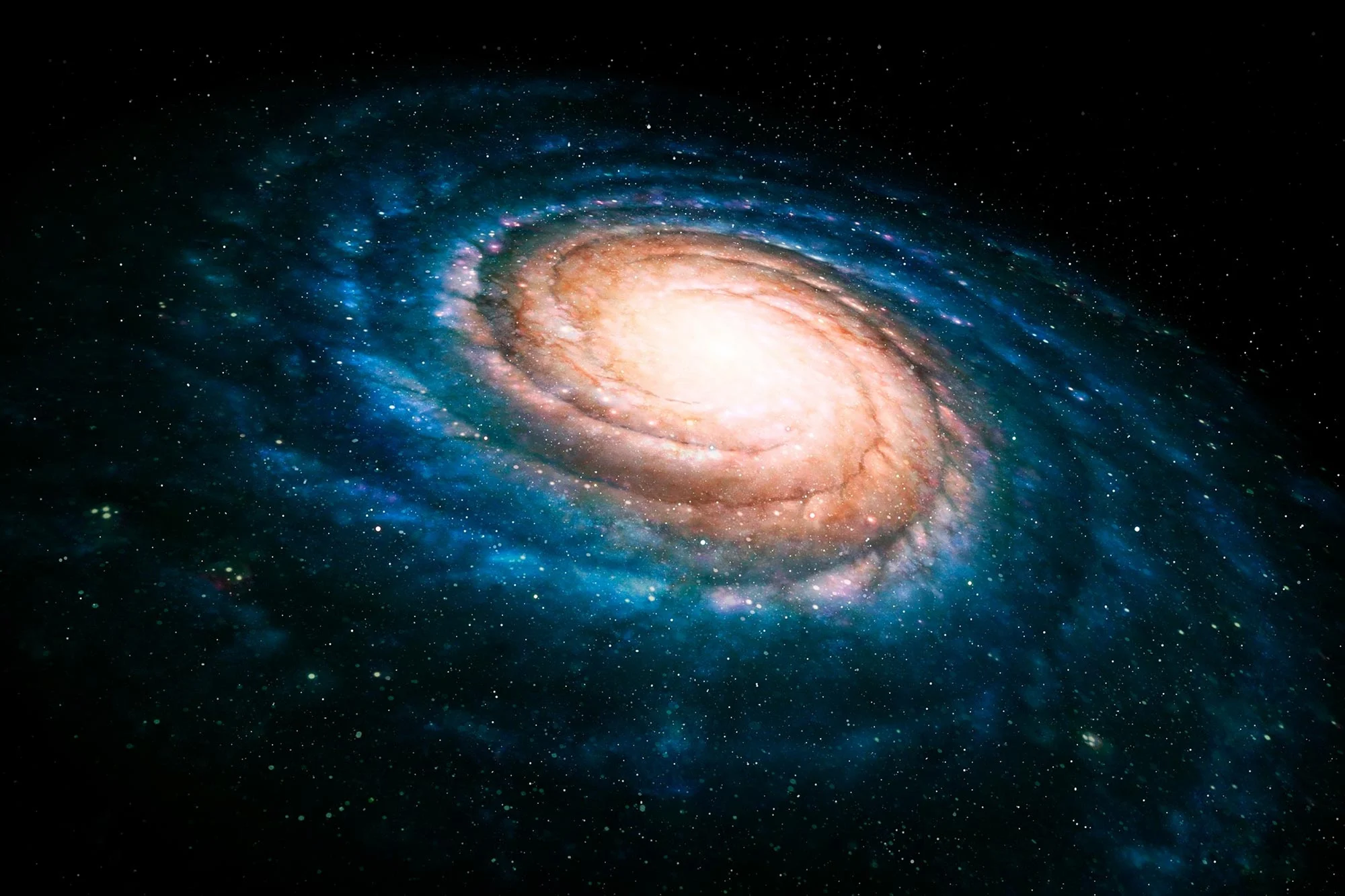
I do not even know how I ended up here but I thought this post was great I dont know who you are but definitely youre going to a famous blogger if you arent already Cheers